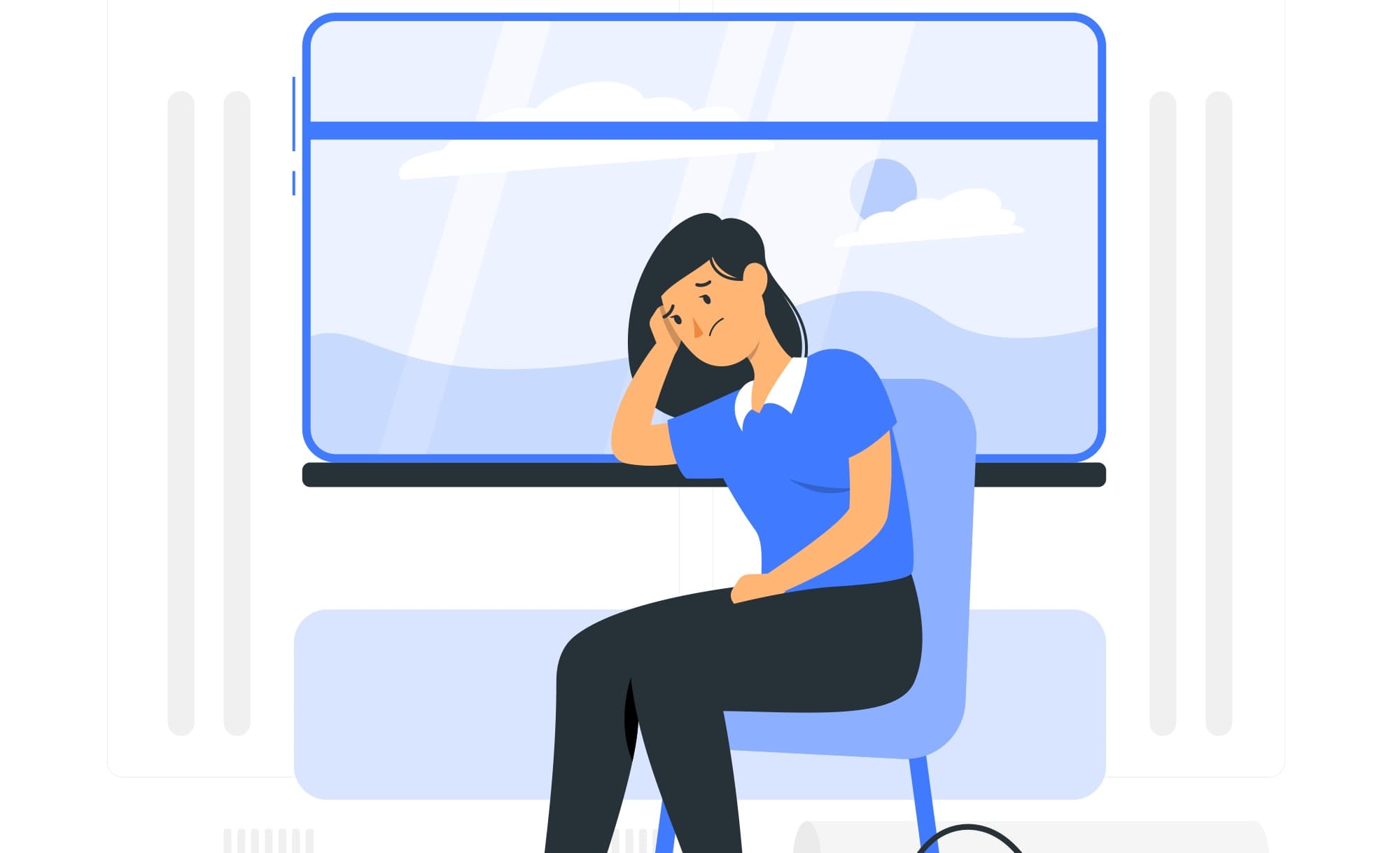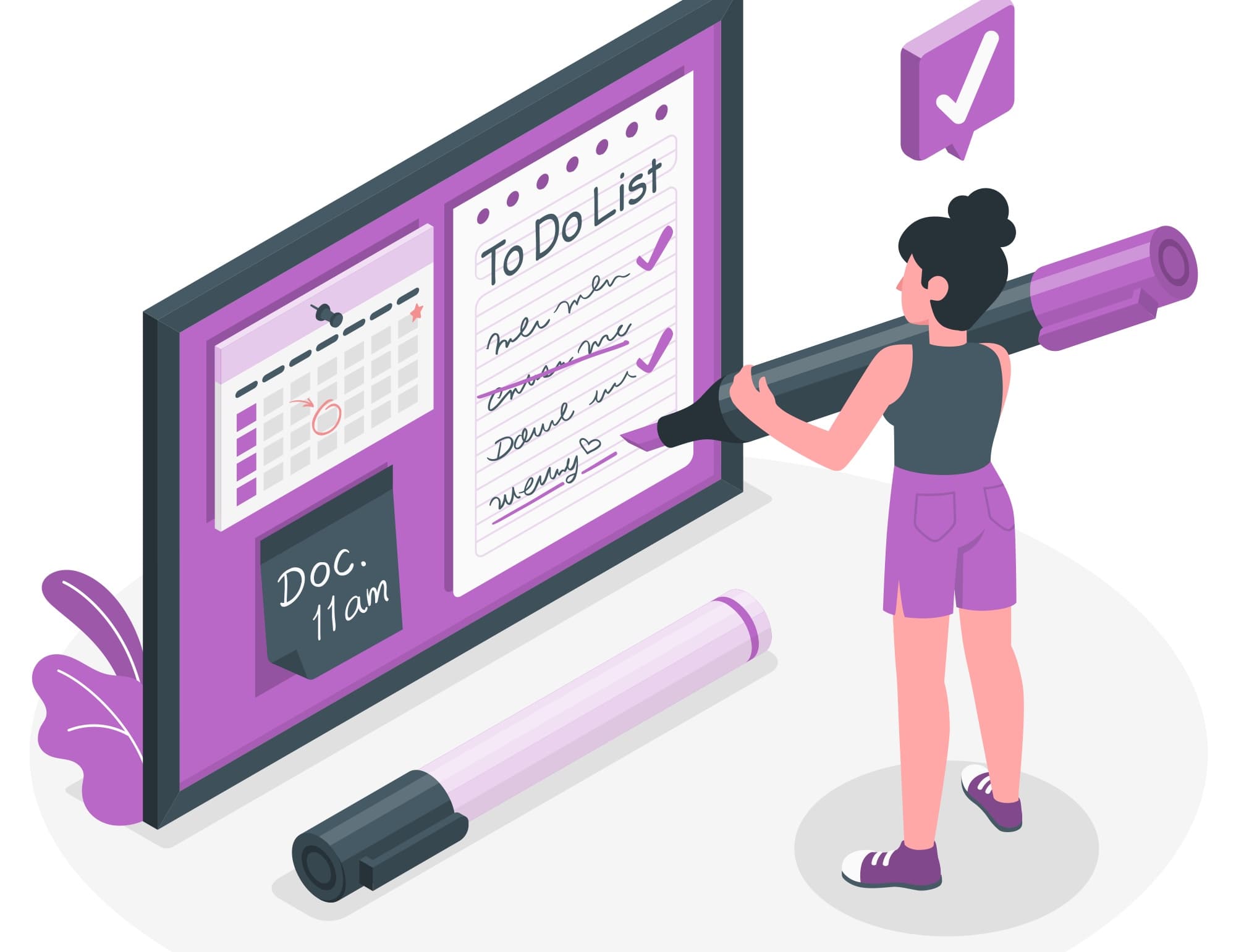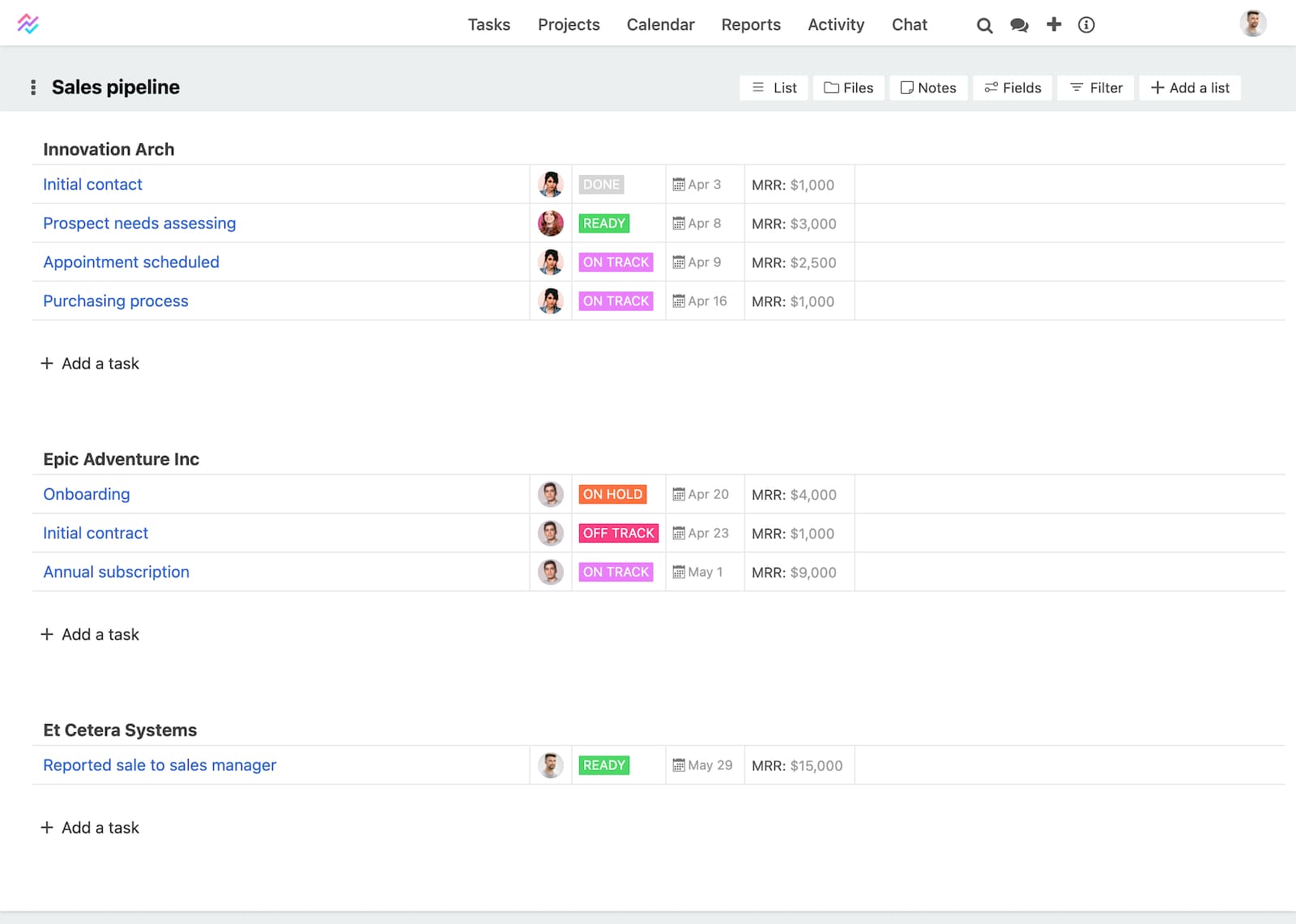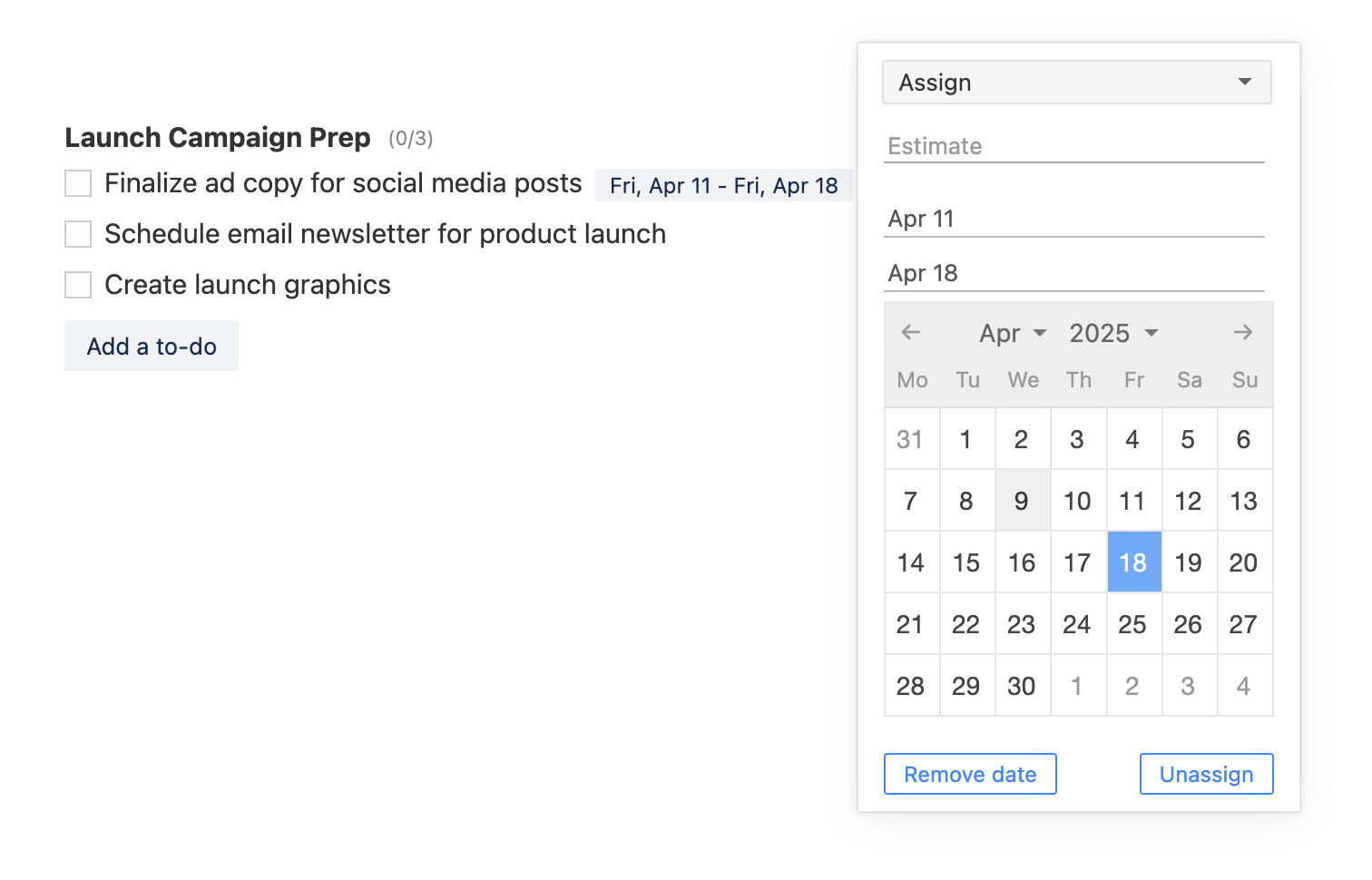Switching between tasks kills productivity. Here's how to stop multitasking.

Are you one of those who think multitasking can be beneficial? Many people consider themselves great multitaskers and think they can accomplish more than one task at a time. But can you complete all of those tasks efficiently?
The human brain is wired to focus on one thing at a time. Switching between tasks requires effort and is not the ideal way to achieve objectives and goals. In this article, we will show you why multitasking is bad for your productivity and what you should do instead.
What is multitasking and context switching?
When you attempt to do multiple tasks simultaneously, you are multitasking. It entails juggling different work activities at the same time. When multitasking, the human brain constantly switches its attention from one task to another and this is known as context switching or task switching.

Here are a few common examples of human multitasking and task switching:
- Speaking on the phone while driving
- Reading a book while having a meal
- Texting a friend while watching a movie
- Responding to e-mails during a meeting
- Preparing a sales presentation while speaking to a colleague
- Constantly switching between two or more work projects and trying to complete them all at once
Can humans multi-task?
Only 2.5% of candidates who participated in a study were able to multitask effectively — without any decline in performance while executing two tasks simultaneously. It goes to show that most human beings cannot multitask. A neuropsychologist at Cleveland Clinic, Cynthia Kubu, Ph.D., believes people are wired to be mono-taskers and the human brain can only focus on a single task at a time. We can perform better when our complete focus is directed to only one thing at a time.
When multitasking, we continually switch our focus from one thought or activity to another. At one moment we are working on activity A, and the next minute, we are thinking of ways to complete activity B. In other words, we are paying attention to the task at hand at one moment and shifting our focus away from it the next minute.
While multitasking, we are performing two separate actions or a series of unrelated actions one after the other and in quick succession. We are allowing distractions to disturb our focus and are calling it multitasking. The idea that we can perform multiple tasks at once is a fallacy. In reality, our brains cannot process information in parallel. We switch between tasks. When we try to do several things at once, we end up doing less well on each task.
The adverse effects of multitasking and context switching

Do you find yourself extremely busy while being unable to accomplish anything by the end of the day? That may be because of constant context switching or multitasking throughout the day. Multitasking can impact your day-to-day activities in many ways.
Multitasking can hamper productivity
Getting distracted or switching from task A to task B may take only a second. However, completing task A can take longer than expected. Your focus on task A is at a certain level just before switching. When switching back to task A, you will likely lose precious seconds or minutes recalling where you left off before shifting focus. You will also need to recall all associated elements before proceeding with the task. The same reasoning applies to task B. This way, multitasking can hamper productivity.
Repeated task switching can result in significant time loss. An American Psychological Association research highlights that the more complex or unrelated the tasks are, the longer it takes for the human brain to adjust and get back to speed. The research article states that even a brief mental block due to context switching or multi-tasking can affect productivity by up to 40%.
Achieving goals can become challenging
Most of us have set project milestones, short-term goals, and a few long-term goals with specific timelines. Constantly switching from one task to another can impact these milestones and goals. If deadlines are extended frequently, some goals may not even see the light of the day. Other objectives and goals can take longer to complete. At times, work projects can invade personal space and time causing work-life imbalance, stress, and anxiety.
Multitaskers are easily distracted
Mono-taskers or people who consciously focus on one task at a time achieve better productivity. On the other hand, people who make multitasking a habit will find themselves getting distracted constantly and quite easily. They tend to frequently refocus on a new task and switch between multiple tasks and projects. Multitaskers can have trouble concentrating even when they have a single important deliverable at hand. The multitasking habit can prevent them from directing their attention toward one project or task long enough to accomplish it.
Quality is impacted
When multitasking, we tend to be busy all the time. We try completing too many tasks simultaneously. However, every task receives only our partial attention. Constant task overlaps can lead to a lack of focus and more errors. Since the human brain is not wired to focus on multiple things at a time, it is only natural for mistakes to increase.
7 tips to help you stop multitasking

Now that we know how multitasking can adversely impact our lives, let’s look at ways to break the habit of multitasking. A project management tool such as Breeze can help individuals and teams stay organized and focused.
1. Create project timelines
For every project that you initiate, create a project timeline. You will have clarity on your project goals, objectives, deadlines, and more. A complete understanding of the project and all associated tasks right in the beginning can help stay organized. It is easier to remain focused when there’s a clear task breakdown structure and schedule. Team members can focus on one task at a time following predefined timelines.
2. Prioritize tasks
Almost always, we are aware of a task or two requiring our immediate attention. If we begin working on tasks randomly, those important tasks can always distract us, interrupting our focus. We tend to constantly switch over to those tasks and multi-task. We’ll try to complete parts of such tasks while we are supposed to be focusing on something else.
Prioritize tasks. At the start of each day, list tasks based on their urgency. Begin working on the most critical ones first. Once the top-priority tasks are accomplished, you will feel more at ease. You can then focus on other tasks, one at a time, without getting distracted.
3. Practice time batching
Time batching is a proven time management strategy that can help individuals and teams complete all planned tasks efficiently with minimal distractions. In this approach, we create batches or groups of similar activities. Next, we block time for working on the batched tasks in a logical sequence. Try time batching if you have difficulty concentrating on the task at hand and tend to get easily distracted.
With Breeze, you can try time batching in five simple steps:
- Step 1: Prepare a list of all your projects, tasks, and activities.
- Step 2: Group similar tasks and activities.
- Step 3: Arrange grouped tasks and activities logically so there is minimal context switching when you move from one task to the next.
- Step 4: Allocate timelines for every task and activity so you know exactly when you need to complete each activity.
- Step 5: Execute tasks and activities. Work on one task at a time as per set timelines without getting distracted. Move seamlessly from one task to another.
4. Try time blocking
If you are aware of all tasks that you need to complete by the end of the day, week, or month, try time blocking. Time blocking is another time management technique where every minute of your day is accounted for. In this approach, you are required to divide your day into blocks of time and then add tasks or activities within each block. Every task to be accomplished is pre-scheduled, so all tasks can be completed on time. Remember to include regular breaks too. They can help you recharge and get back to other tasks in the schedule with a refreshed mind. You may even allocate some time for miscellaneous activities.
Time blocking eliminates the need to multitask. If the plan is followed through diligently, one need not be worried about not having enough time to complete deliverables. By paying 100% attention to only the time-blocked activity, scheduled tasks can be completed more efficiently.
Breeze makes time blocking easy. Tasks can be added directly to the calendar. Team members can also edit tasks, comment, add to-dos, upload files, and add task updates right in the calendar. A built-in timer helps stay on track at all times.
5. Set SMART goals
SMART goals are targets that are Specific, Measurable, Achievable, Relevant, and Time-bound. You know exactly what you want to achieve, how and by when the goal has to be achieved, and how you can quantify the achievement. Since SMART goals are highly specific, setting them can help you stay focused and avoid multitasking. Breeze has project boards and task lists to help you manage and monitor SMART goals effectively.
6. Set measurable goals for your team and track their outcomes
The objectives and key results (OKR) approach can help marketers, designers, accountants, managers, et al., define specific objectives. They can monitor progress with predefined results so they are always focused on the task at hand and stay on track. Breeze offers “to-dos” and “tasks” features to set objectives. Results can be added as “to-do lists” and “task lists” and can be tracked effortlessly.
7. Minimize distractions
If you get distracted easily, make a conscious attempt to limit the sources of distraction. Look for a serene work environment free of distractions. Stay away from digital devices that you don’t need while working. Putting your mobile phone on silent mode, switching off the television, etc., can help.
Focus on one task at a time with Breeze
Breeze helps individuals and teams stay organized, boosting productivity. In addition to facilitating time blocking, time batching, and SMART goal setting, Breeze offers plenty of helpful, easy-to-use features that promote mono-tasking.

- Project boards: You can create customized workflows based on your day’s or week’s priorities and stick to the plan to achieve objectives, one after another.
- List view: A view of all your tasks in one frame with clear work timelines for every activity eliminates confusion — you know what task needs to be worked on and when it needs to be completed.
- Daily agenda: With Breeze, you know precisely what’s in store for the day. If tasks overlap or you have a lot to handle in very little time, you can take relevant action before it’s too late.
- Colors and tags: Whether you’re practicing time blocking, trying time batching, or prioritizing tasks, colors and tags can help group similar tasks or identify top-priority activities easily.
- Custom fields: If you find yourself trying hard to remember where you saved your notes for project B while working on project A, Breeze is for you. Breeze allows you to save all your notes and client information, rate tasks, track priority, etc. You can have all the data you need on a single platform.
- Tasks, task lists, to-dos, and to-do lists: With every task and to-do item accounted for, you can be certain nothing falls through the cracks. Seamlessly complete tasks one after another and accomplish your long-term and short-term goals efficiently.
- Activity stream and notifications: The activity stream automatically tracks changes in projects you are working on. The notifications center displays all alerts that may need your attention. You can go through them and take necessary action during the time you have allocated for miscellaneous activities.
- Time tracking: Task or project delays can stress team members out, pushing them to multitask. Breeze’s built-in time tracking offers complete workload visibility. It allows managers to reallocate tasks when required.
- Dashboards and reports: If you are a project manager, Breeze offers you a granular view of the project status and any roadblocks. You will know if your team is overloaded with work or if team members are multitasking so you can address their concerns.
Need help mono-tasking? Switch to Breeze.
In the digital world, distractions are abundant. But, now that you have understood the ill effects of multitasking, shift to uni-tasking or single-tasking with Breeze. Start your free 14-day trial now.








